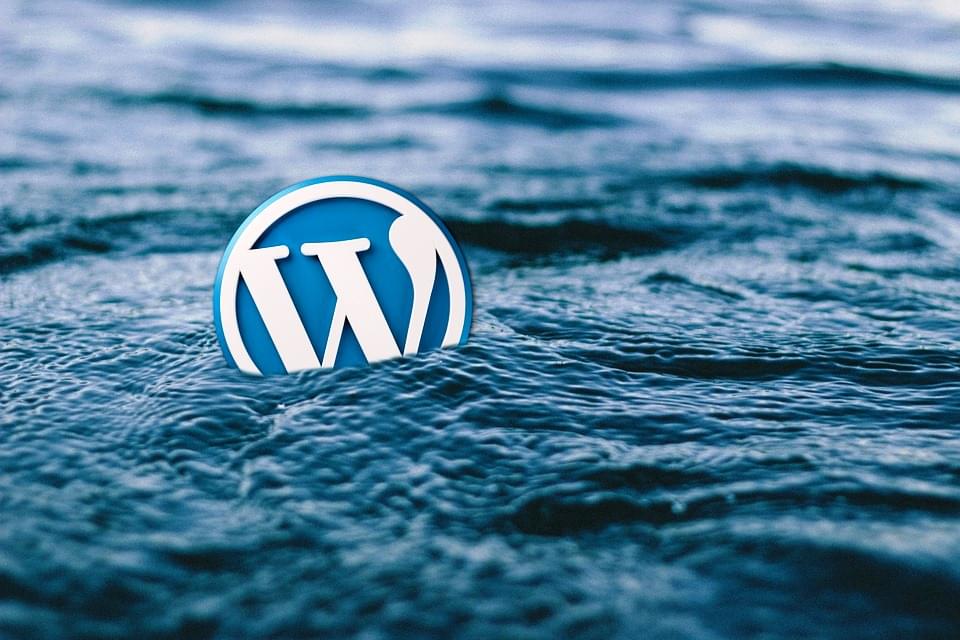
Keeping Your WordPress Website Up-to-Date: A Guide to Managing Plugins and Themes
Introduction
WordPress is an incredibly versatile and popular content management system (CMS) used by millions of websites worldwide. One of the reasons for its popularity is the vast array of plugins and themes available that can enhance the functionality and appearance of your website. However, with great power comes great responsibility. Regularly updating your WordPress core, plugins, and themes is crucial for your website’s security, performance, and stability. In this blog post, we’ll explore the importance of keeping your WordPress website up-to-date and provide you with best practices to ensure a smooth update process for plugins and themes.
Why Keep WordPress, Plugins, and Themes Updated?
- Security: One of the primary reasons to keep your WordPress installation and associated components updated is security. Developers are continuously working to patch vulnerabilities and protect websites from potential threats. Outdated plugins and themes may contain security loopholes that hackers can exploit, compromising your website and potentially stealing sensitive data. https://kb.snapblox.com/getting-started/getting-started-security/
- Performance: Updates often include performance improvements and optimizations. New versions of plugins and themes may be faster, reducing page loading times and enhancing user experience. Regular updates can contribute to better overall website performance.
- Compatibility: WordPress is a dynamic platform with frequent updates, and plugins and themes must keep up with these changes. By staying up-to-date, you ensure that your website runs smoothly and remains compatible with the latest version of WordPress.
- Bug Fixes: Updates address known bugs and issues within plugins and themes. Keeping your components current will help you avoid frustrating and potentially costly errors on your website.
Best Practices for Updating WordPress Plugins and Themes
- Backup Your Website: Before performing any updates, always back up your website, including the database and files. This precaution ensures you can quickly revert to a working version if something goes wrong during the update process. https://kb.snapblox.com/security/2923-2/
- Update WordPress Core First: Update your WordPress core to the latest version. This provides a stable foundation for plugin and theme updates, ensuring compatibility and functionality.https://kb.snapblox.com/scriptssoftware/wordpress/wordpress-how-to-manage-pages/
- Review Plugin and Theme Compatibility: Before updating plugins and themes, verify their compatibility with the current version of WordPress. Check the plugin’s or theme’s website, changelog, or support forums for information on the latest updates and compatibility status.
- Update Plugins One by One: Although it may be tempting to update all plugins simultaneously, it’s better to do them individually. This approach helps identify any issues that might arise from specific updates and makes it easier to pinpoint the cause of a problem.https://kb.snapblox.com/scriptssoftware/wordpress/wordpress-how-to-manage-your-plugins/
- Disable Cache and Minification: If you use caching and minification plugins, disable them before updating other plugins and themes. This prevents any potential conflicts that may occur during the update process.
- Check for Plugin and Theme Updates Regularly: Make it a habit to check for updates at least once a week. Many plugin and theme developers release updates to improve security and fix bugs. By staying vigilant, you ensure your website remains protected and performs optimally.
- Monitor Plugin and Theme Reviews: Before updating, review the feedback from other users on the WordPress plugin or theme repository. This helps identify any potential issues that others may have encountered after updating.
- Keep a Staging Environment: If possible, create a staging environment to test plugin and theme updates before implementing them on your live website. This ensures you can detect and resolve conflicts or issues without affecting your live site.
Conclusion
Keeping your WordPress website up-to-date with the latest plugins and themes is essential for maintaining its security, performance, and functionality. By adhering to best practices such as regular backups, one-by-one updates, and thorough compatibility checks, you can safeguard your website from potential vulnerabilities and ensure a smooth user experience for your visitors. Remember to prioritize security and stay vigilant for updates to maintain a healthy and thriving WordPress website.
